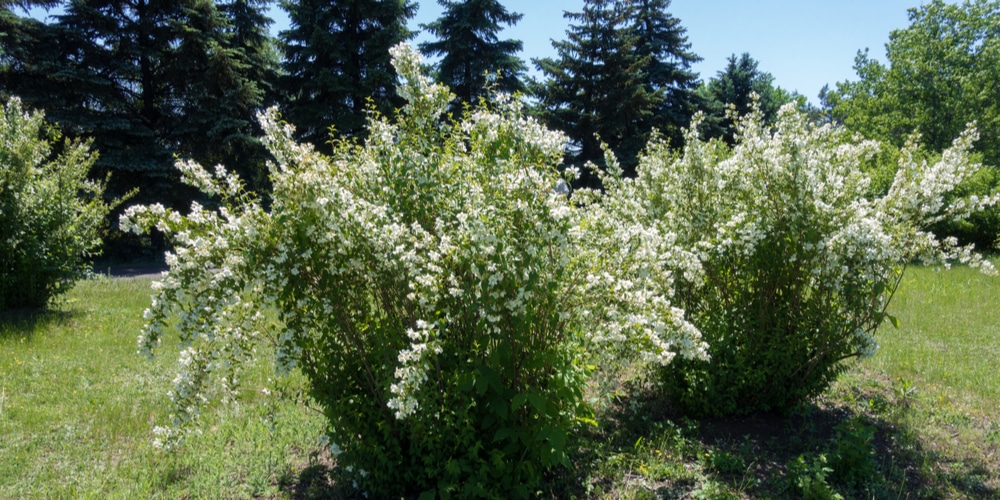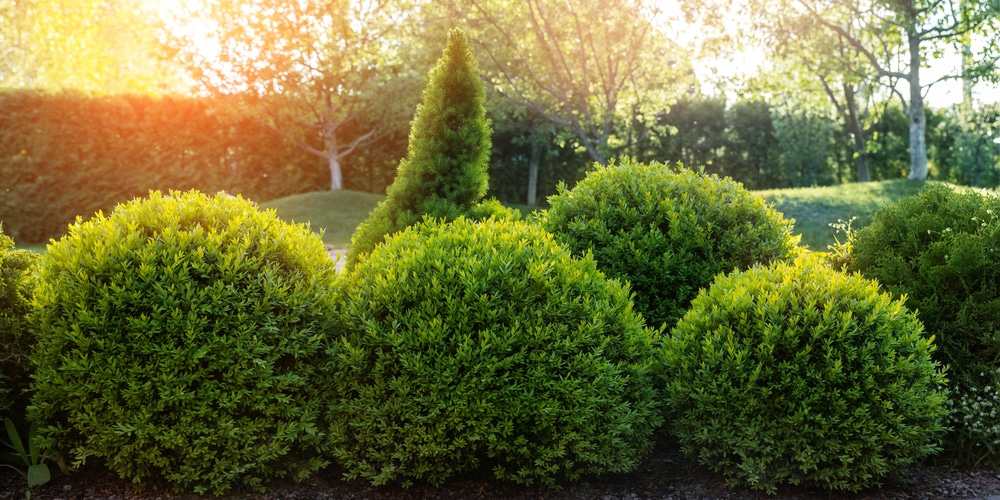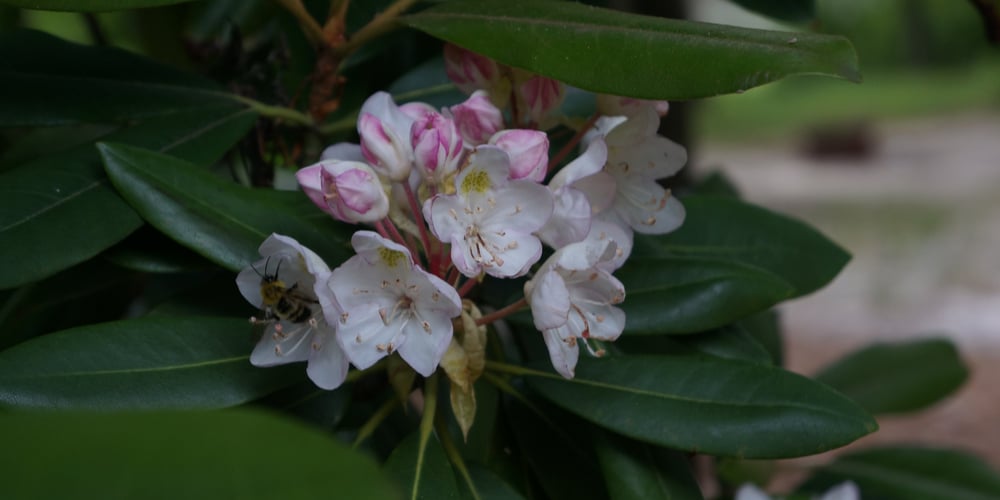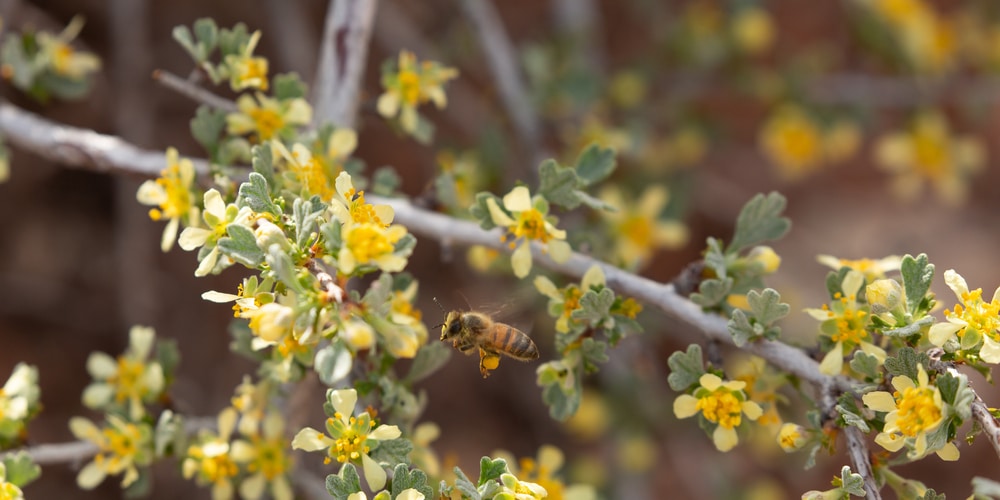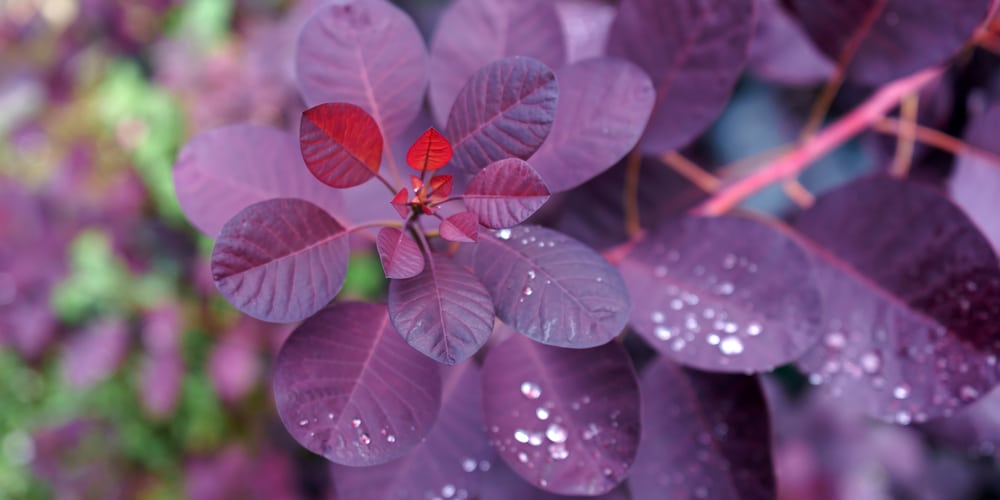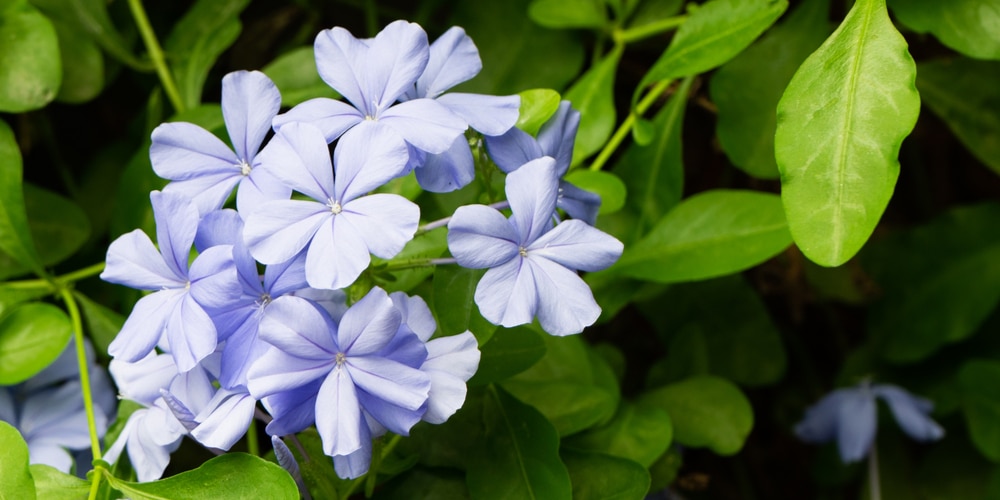Who doesn’t like a lush garden? The sight of thriving plants can make any outdoor space more attractive. But what if you live in a warm area of the country? Can you still have flowering plants and shrubs that will increase the aesthetics of your property, or should you stick to cacti and other succulents?
In this “Drought Tolerant Shrubs Zone 8 and 9” essential guide, you’ll learn about our favorite varieties for these hardiness zones. Developing an easy-to-maintain landscape has never been easier!
Drought Tolerant Shrubs Zone 8
All plants require some water to thrive. But if you select the proper drought-tolerant varieties, you can grow them even in dry conditions. If you live in zone 8 and 9, you might want to find plants to add character to your garden without using too much water. To get some inspiration, keep reading.
Beauty Bush
Beauty Bush is a lovely plant native to Central China that grows between six to ten feet tall. It does well without much water and doesn’t mind droughts. Plant it somewhere it receives at least six hours of direct sunlight for best results.
True to its name, the Beauty Bush produces an abundance of bell-shaped pink flowers that attract plenty of pollinators and add a splash of bright color to your garden.
However, it can spread aggressively under ideal conditions. Don’t forge to locate it somewhere where it can grow without overtaking your garden. If needed, remove suckers each year to keep this plant under control. Also, practice regular pruning: cut old and unhealthy branches once per year after the blooming season.
Littleleaf Mock orange
Littleleaf mock orange is a drought-resistant plant that you can successfully grow in your zone 8 and 9 gardens without too much intervention. Native to North America, these plants take their names from their blossoms that produce a scent that resembles oranges.
The blooms last for several weeks between spring and summer. Don’t forget to place this shrub in well-drained soil and water it frequently to establish it successfully. After that, the plant will survive even through droughts.
Plant it as a border or informal hedge to increase privacy in your property. While the shrub is generally free from pests and diseases, keep an eye out for mildew and rust. If you see something off with your plant, act promptly and take adequate measures to prevent the issue from spreading and causing severe damage.
Boxwood
Boxwood is a lush and dense plant that works perfectly as a decorative plant or hedge. There are many boxwood varieties, but if you live in zone 8 and 9, you must choose those that tolerate high temperatures and don’t mind occasional periods of drought.
If that surprises you, don’t worry. Drought-tolerant boxwoods are a thing. Indeed, you may often see them as screens and hedges in the southern parts of the country.
Place them under partial shade for best results and the brightest foliage color. Don’t forget to add mulch around the soil to regulate water retention and stabilize the ground temperature. These shrubs grow slowly and are easy to maintain. Only, don’t forget to prune them regularly once per year, after the last spring frost.
Related Article: Boxwood Companion Plants
Indian Hawthorn
Indian Hawthorn is a stunning drought-resistant plant that thrives in hardiness zones 8 and 9, even with little water. Native to Southern China, these plants produce an abundance of pink and white delicate-looking flowers that attract birds and plenty of bees. The plant grows about two to five feet tall and does well under partial shade, especially if your region’s summers are hot and dry.
Butterfly Bush
Butterfly bush is a perfect option to add more color to your yard. Despite its delicate looks, this shrub has a high tolerance to drought and grows well in hardiness zones 8 and 9.
The plant is native to China and Japan and performs best when located under full sun or partial shade. If you place it under direct sunlight, don’t forget to increase watering frequency during the summer. Plus, add some mulch around the base to increase water retention and keep your plant moist for longer.
If you like the idea of attracting butterflies to your garden, add a butterfly bush. You can find it in red, pink, white, or purple varieties, all beautiful no matter where you place them. In zone 8 and 9, you might be lucky enough to attract bees and hummingbirds too!
Cliffrose
Cliffroses are a stunning addition to rock gardens. These bright yellow flowers withstand drought very well. Place them under full sun or partial shade for the best colors. You won’t have to worry too much about ensuring they thrive with these plants. They rarely suffer from pests and diseases attacks and adapt to various soil conditions. For a fuss-free landscape in zone 8 and 9, cliffrose won’t fail you!
Purple Smoke Bush
For a dramatic addition to your yard, add a purple smoke bush. This shrub is suitable for zone 8 and 9 and does well in dry areas. Plant it under full sun to boost flower production. The name comes from the pink-purple flowers that this bush abundantly produces during the summer.
Depending on the variety, leaves can be green or purple. In fall, you’ll enjoy shades of orange and red that will make your garden look lively even when most other plants are dormant. The plant is not hard to maintain, but you might have to carry out regular pruning to keep it in shape.
White Cape Plumbago
White Cape Plumbago is a stunning climber that performs excellently as a border. You can train it to climb around a trellis or other structures for a beautiful effect. Its white flowers will add an elegant touch to your zone 8 and 9 gardens. Place it under full sun somewhere it can grow undisturbed.
Drought Tolerant Shrubs Zone 8: Conclusion
As you can see, finding drought-tolerant shrubs for zone 8 and 9 isn’t hard. With suitable plants, your garden will look stunning all year round, even during droughts. And you know what the best part is? You won’t have to interfere too much with your plants if you choose the proper ones.
